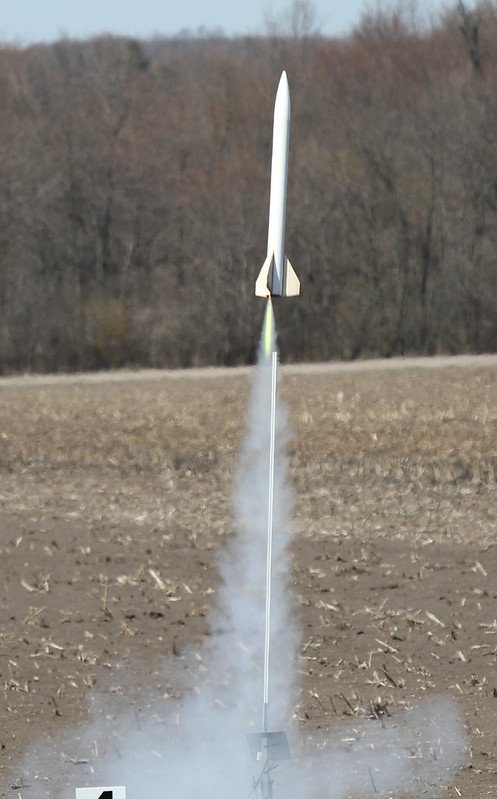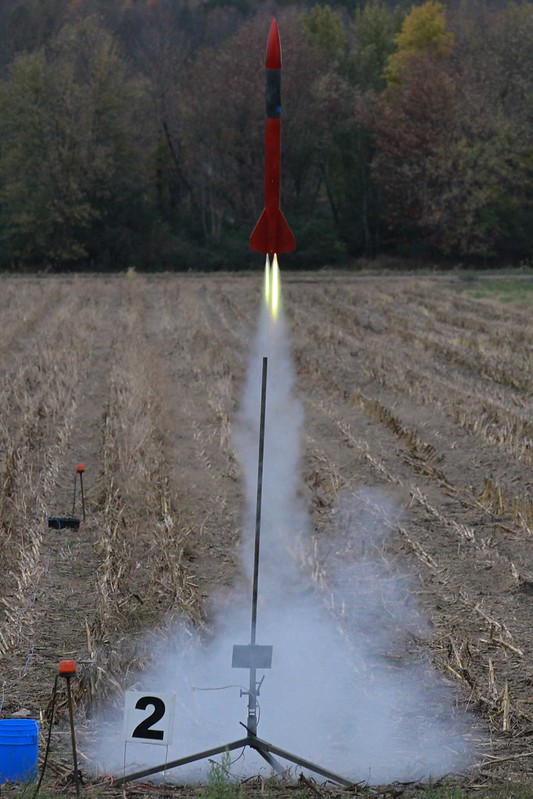CoachSteve
Well-Known Member
Please forgive me if this has been asked before but I am having trouble finding specific clarity:
As I am not level one certified just yet here is my Q.
I have Aerotech 20/40-120 RMS cases, if I were to build a twin 29mm setup, say in a Minie Magg, could I fly 2 G53FJs and still be ok without Level one cert?
The Minie can be built under 1500G weight, just barely
the G53 has 60 grams of propellant and 53N of average thrust
so -
3.3lb rocket
120 grams of propellant (in 2 separate motors)
106N average thrust (but again in 2 separate motors)
thanks all for your thoughts here - I have no intention of starting this build if I would be breaking any rules (I would not be able to fly it legally at my club and of course will not risk putting them in jeopardy in any way)
As I am not level one certified just yet here is my Q.
I have Aerotech 20/40-120 RMS cases, if I were to build a twin 29mm setup, say in a Minie Magg, could I fly 2 G53FJs and still be ok without Level one cert?
The Minie can be built under 1500G weight, just barely
the G53 has 60 grams of propellant and 53N of average thrust
so -
3.3lb rocket
120 grams of propellant (in 2 separate motors)
106N average thrust (but again in 2 separate motors)
thanks all for your thoughts here - I have no intention of starting this build if I would be breaking any rules (I would not be able to fly it legally at my club and of course will not risk putting them in jeopardy in any way)
Last edited:







